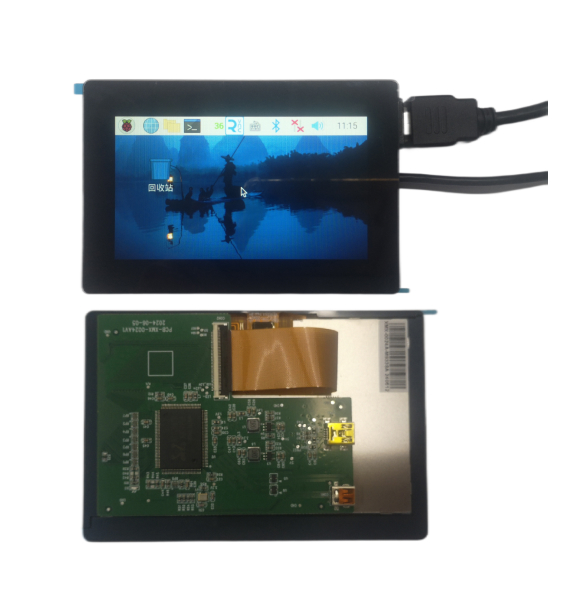-
-
About
-
Fabricate
-
Product
-
-
Investor
-
Talent Acq
-
Contact
The innovation and application of 7-inch resistive touch screen
2025-03-17
33
In today's era of rapid technological development, touchscreen technology has become an indispensable part of our daily lives and industrial applications. But, have you ever wondered what technology makes a touchscreen so responsive and reliable? Among them, the 7-inch resistive touch screen occupies an important position in many fields with its unique performance and application range. This article will start from the basic principles of resistive touch screens, and delve into the technical characteristics of 7-inch resistive touch screens, application fields, and how to select and optimize the use of this type of touch screen.

First, the basic principle of resistive touch screen
Resistive touch screens detect the touch position by the pressure difference between two transparent conductive layers. When the user's finger touches the screen, the two conductive layers come into contact, creating a current change at the point of contact, thus calculating the position of the touch. The advantages of this technology are that it is less costly, relatively simple to manufacture, and stable in a variety of environments, including low and high humidity.
Second, the technical characteristics of the 7-inch resistive touch screen
The 7-inch resistive touch screen, with its moderate size and good cost performance, is widely used in various types of equipment. The touchscreen of this size is suitable for one-handed operation and finds a good balance between display and ease of use. In addition, another feature of resistive touch screens is that they are user-friendly for wearing gloves, which is very important in some industrial and medical settings.
Third, the field of application
1. Industrial control system: In automated production lines, warehouse management systems and other occasions, 7-inch resistive touch screens are widely used because of their durability and ease of operation.
2. Medical equipment: A variety of portable medical detection and monitoring equipment also often uses 7-inch resistive touch screens, which can be operated when wearing gloves is particularly important.
3. Consumer electronics: Resistive touch screens of this size will also be used in devices such as tablets and e-book readers, especially in products that are cost-effective.
4. Selection and optimization suggestions
1. Environmental adaptability: select the appropriate touch screen according to the characteristics of the application environment (such as temperature and humidity) to ensure long-term stable operation.
2. User interaction experience: Considering the characteristics of the target user group, optimize the sensitivity and response speed of the touch screen, and provide a good interactive experience.
3. Integration and compatibility: Ensure the compatibility of the touch screen with other parts of the system (such as display, processor) and smoothly integrate into the entire device.